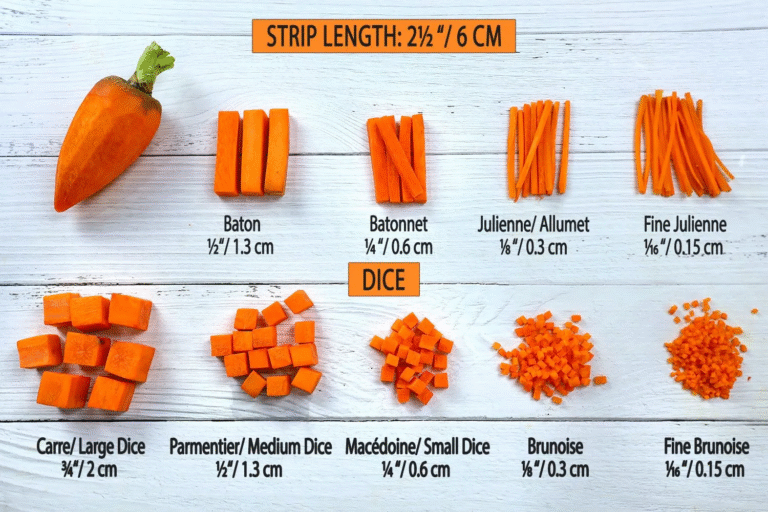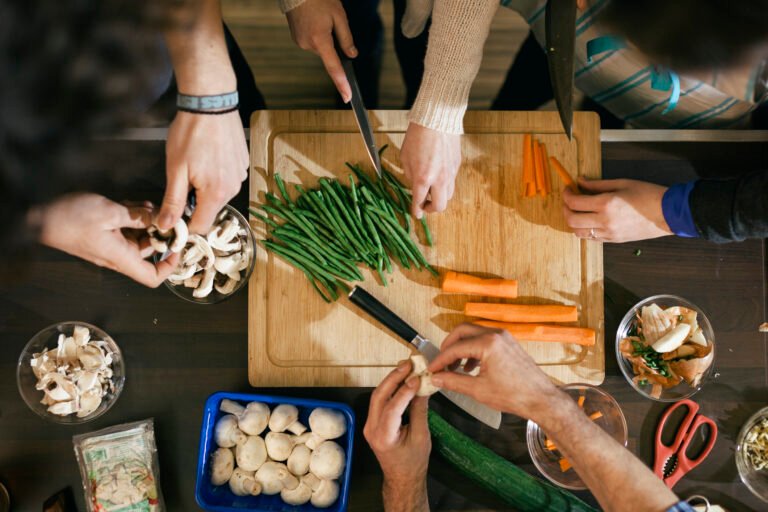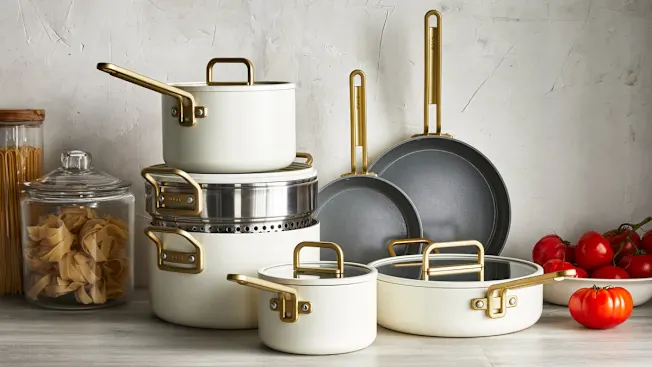The Intersection of Craft and Caution: A Definitive Guide to Selecting and Safely Wielding Kitchen Knives
In any culinary environment, from the home kitchen to the professional galley, the knife is the most fundamental tool. It is an extension of the chef’s hand, a precision instrument capable of transforming raw ingredients into a finished dish. However, this potential is predicated on a dual understanding: how to select the ideal instrument for the task and how to wield it with practiced safety. This report provides an in-depth, evidence-based framework for mastering kitchen knives, moving beyond rudimentary advice to explore the material science, ergonomic principles, and advanced techniques that define true proficiency and ensure a safe culinary practice.
The Anatomy of a Decision: Selecting the Optimal Blade
Choosing a knife is a technical decision that should be informed by metallurgy, construction, and ergonomics, not merely by brand or appearance. The performance of a blade begins with its steel. High-carbon steel is prized by many professionals for its ability to achieve a razor-sharp edge and retain it, though it requires meticulous maintenance to prevent rust. [1][2] Stainless steel offers excellent corrosion resistance but traditionally sacrifices some edge retention. [2][3] The modern synthesis, high-carbon stainless steel, presents a highly effective compromise, offering superior edge retention and toughness while resisting rust, making it the standard for most quality manufacturers. [1][4] The hardness of the steel, often measured on the Rockwell scale (HRC), dictates the trade-off between edge retention and brittleness; harder Japanese steels hold an edge longer but can be more prone to chipping than softer, more durable German steels. [5]
Construction is equally critical. A “forged” knife, created from a single piece of heated and hammered steel, is typically heavier and features a bolster (the thick junction between the handle and the blade), which adds balance and acts as a finger guard. [3] “Stamped” knives are cut from a large sheet of steel, making them lighter and more affordable. [1][3] The most crucial construction element for durability and balance is the “full tang,” where the steel of the blade extends fully through the handle. [6] This provides superior stability compared to partial tangs. [3] Finally, the handle material—from traditional wood to modern synthetic composites—and its shape must offer a comfortable, secure grip that prevents fatigue and slippage, with sufficient knuckle clearance above the cutting board. [3][4]
The Kinesthetics of Control: Advanced Safety and Cutting Techniques
The axiom that a sharp knife is a safe knife is rooted in physics. A sharp edge, with its minuscule surface area, requires significantly less downward pressure to slice through food, minimizing the force that could lead to a slip. [6][7] A dull knife, by contrast, crushes rather than cuts, demanding greater force and increasing the probability of a sudden, uncontrolled movement. [6][7] This principle is the foundation of safe knife handling, which is further refined by technique. The professional standard for holding a chef’s knife is the “pinch grip,” where the thumb and forefinger grasp the blade just in front of the bolster. [6] This grip offers far greater control over the angle and motion of the blade than a simple fist-like grip on the handle. The non-dominant hand’s role is equally important; curling the fingers into a “claw grip” protects the fingertips by ensuring that if the knife does slip, it will contact the knuckles rather than the tips. [7][8]
Specific cutting motions should be matched to the knife and the ingredient. The “rock chop,” ideal for a curved German-style chef’s knife, involves keeping the tip of the blade on the board and rocking the handle up and down for efficient mincing. [8][9] For Japanese knives like the Santoku, a “push cut” (sliding the knife forward and down) or a “pull cut” (drawing the knife back towards you) is more common. [10] A critical and often overlooked safety step is to create a flat, stable surface on round ingredients like potatoes or onions before proceeding with further cuts; this prevents the item from rolling unexpectedly. [11] Furthermore, maintaining an organized workspace, using a secured cutting board, and remaining focused are non-negotiable rules that prevent the majority of kitchen accidents. [12][13]
Sustaining the Edge: The Science of Maintenance and Storage
Diligent maintenance and proper storage are direct extensions of knife safety. The two primary maintenance actions, honing and sharpening, are frequently confused but serve distinct purposes. [14][15] Honing is a process of realignment. With use, the microscopic “teeth” that form the knife’s edge can bend out of alignment. [15][16] A honing steel, which is a coarse rod, is used to straighten these teeth, restoring the blade’s cutting ability without removing metal. [5][14] This should be done frequently, even before each use. [14] Sharpening, conversely, is a process of abrasion that physically removes metal to create a new, sharp edge when the old one has become genuinely dull and honing is no longer effective. [5][15] This can be done with tools like whetstones, which offer a high degree of precision, or electric sharpeners for convenience. [14][17]
How a knife is stored is as crucial as how it is sharpened. Leaving knives loose in a drawer is a primary cause of dulled blades and accidental cuts. [18] The ideal storage solution protects both the user and the blade’s edge. Wall-mounted magnetic strips are an excellent choice, as they keep knives visible and accessible without contact that can dull the edge. [19][20] In-drawer organizers with dedicated slots are a safe, space-saving alternative. [19][21] While traditional wooden knife blocks are common, they can be difficult to clean and may dull knives if blades are inserted carelessly. [21][22] For professionals or those who transport their tools, a knife roll or bag, often used with individual blade guards or sheaths known as sayas, is essential. [19][21] Proper storage is not an afterthought; it is an integral part of a comprehensive safety system.
In conclusion, achieving mastery over kitchen knives is a holistic discipline. It requires an intellectual understanding of material science, a practiced application of ergonomic and safe handling techniques, and a consistent commitment to maintenance. This synthesis of knowledge, skill, and responsibility transforms a simple tool into an instrument of culinary precision and ensures that safety remains the most important ingredient in any kitchen.



